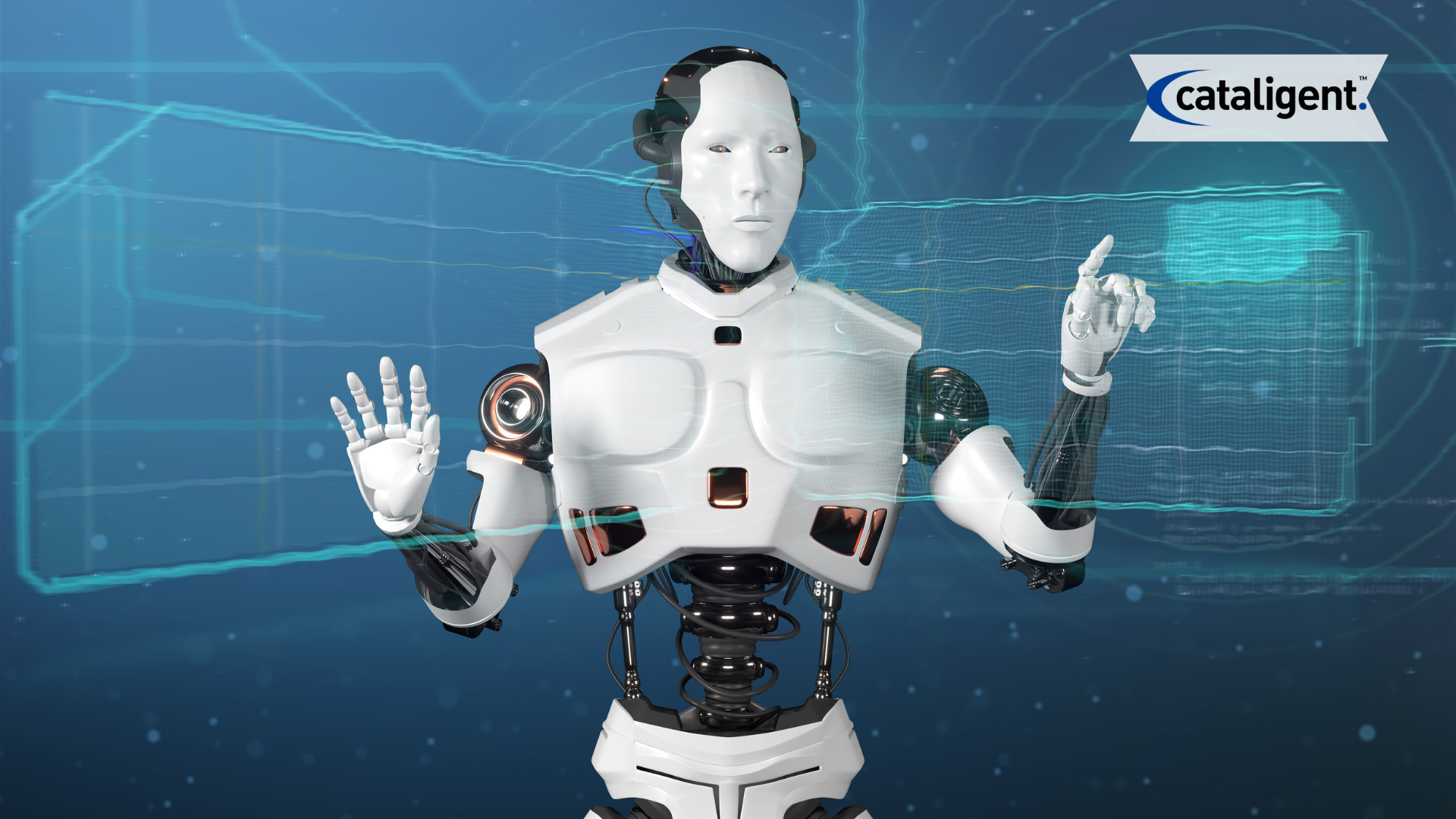What is Automation & Robotics?
Introduction
Automation and robotics have revolutionized industries, transforming the way businesses operate, enhance efficiency, and deliver value. These technologies reduce manual labor, increase productivity, and improve accuracy across various sectors. From manufacturing to healthcare, logistics to customer service, automation and robotics are driving the future of business transformation.
This paper explores the significance of automation and robotics in business transformation, their applications, benefits, challenges, and future trends.
What is Automation?
Automation refers to the use of technology to perform tasks with minimal human intervention. It involves software, hardware, or a combination of both to streamline processes and improve efficiency. There are different types of automation:
- Fixed Automation: Used in high-volume production with dedicated equipment (e.g., assembly lines in automotive manufacturing).
- Programmable Automation: Designed for batch production, allowing changes in configuration (e.g., CNC machines).
- Robotic Process Automation (RPA): Software-based automation that mimics human interactions with digital systems (e.g., automated data entry in banking).
- Intelligent Automation: Combines AI with automation to enable adaptive decision-making (e.g., chatbots for customer support).
What is Robotics?
Robotics is a branch of technology that deals with designing, building, and operating robots—machines that perform tasks autonomously or semi-autonomously. Robotics integrates AI, machine learning, and automation to enhance functionality.
Types of robots include:
- Industrial Robots: Used in manufacturing for repetitive tasks (e.g., robotic arms in factories).
- Service Robots: Assist in customer service, healthcare, and hospitality (e.g., AI-powered kiosks, robotic nurses).
- Autonomous Vehicles: Self-driving cars and drones used in logistics and transportation.
- Humanoid Robots: Designed to interact like humans in various industries (e.g., customer service robots like Pepper).
The Role of Automation & Robotics in Business Transformation
1. Enhancing Productivity & Efficiency
Automation reduces manual workload and speeds up processes:
- Manufacturing: Automated assembly lines improve production speed and consistency.
- Retail: Self-checkout systems streamline customer transactions.
- Finance: RPA automates repetitive tasks like invoice processing and compliance checks.
2. Improving Accuracy & Reducing Errors
Robotics and automation minimize human errors, leading to improved quality and reliability:
- Healthcare: Robotic-assisted surgeries increase precision.
- Banking: AI-driven fraud detection reduces transaction errors.
- Supply Chain: Automated warehouses improve inventory management accuracy.
3. Cost Reduction & Resource Optimization
Businesses save on labor costs and reduce waste through automation:
- Logistics: Automated sorting systems speed up package processing.
- Energy Sector: Smart grids optimize electricity distribution.
- Agriculture: Automated irrigation systems enhance water efficiency.
4. Enhancing Customer Experience
Automation enhances customer service and engagement:
- AI Chatbots: Provide 24/7 customer support with quick responses.
- Personalized Marketing: AI-driven recommendations improve sales.
- Retail Automation: Smart checkout systems reduce wait times.
5. Robotics in Healthcare & Medical Advancements
Robots are transforming healthcare through automation:
- Surgical Robots: Enable minimally invasive procedures with high accuracy.
- Medication Dispensing: Automated pharmacies reduce prescription errors.
- Elderly Care Robots: Assist aging populations with daily tasks.
6. Smart Factories & Industry 4.0
Industry 4.0 integrates robotics and IoT for smart manufacturing:
- Predictive Maintenance: AI-driven analytics prevent equipment failures.
- Collaborative Robots (Cobots): Work alongside humans to boost productivity.
- 3D Printing: Automates prototyping and custom manufacturing.
7. Autonomous Vehicles & Smart Logistics
Automation is transforming transportation and logistics:
- Self-Driving Trucks: Enhance freight transportation efficiency.
- Drones: Speed up last-mile deliveries.
- Automated Warehouses: Robots handle inventory and order fulfillment.
8. Security & Surveillance Automation
AI-powered surveillance enhances security measures:
- Facial Recognition: Identifies threats in real time.
- Automated Drones: Monitor large areas for security purposes.
- Cybersecurity Automation: Detects and neutralizes cyber threats.
Challenges of Automation & Robotics in Business Transformation
1. High Initial Investment
Deploying automation solutions requires significant capital for technology, software, and training.
2. Workforce Displacement & Job Loss Concerns
Automation can replace repetitive jobs, raising concerns about unemployment and skill shifts.
3. Integration with Legacy Systems
Businesses face challenges integrating new automation technologies with existing infrastructure.
4. Cybersecurity Risks
Automated systems and AI-powered robots are vulnerable to cyber threats and hacking.
5. Ethical & Regulatory Challenges
Companies must ensure compliance with labor laws and ethical considerations in AI deployment.
Future Trends in Automation & Robotics
1. AI-Powered Automation & Smart AI Bots
Advanced AI will enable more sophisticated automation in business processes.
2. Collaborative Robots (Cobots) in Workplaces
Cobots will assist humans in various industries, ensuring safer work environments.
3. Edge AI & Decentralized Automation
Edge computing will enable real-time processing, enhancing robotics applications.
4. 5G & IoT Integration
Faster connectivity will boost automation across smart cities, healthcare, and industries.
5. Sustainable Robotics & Green Automation
Eco-friendly robots will focus on energy efficiency and reducing carbon footprints.
Conclusion
Automation and robotics are at the forefront of business transformation, driving efficiency, reducing costs, and enhancing customer experiences. While challenges exist, businesses that adopt these technologies will gain a competitive edge in the digital era. As advancements in AI, IoT, and robotics continue, the future of automation promises smarter, safer, and more innovative business solutions.

